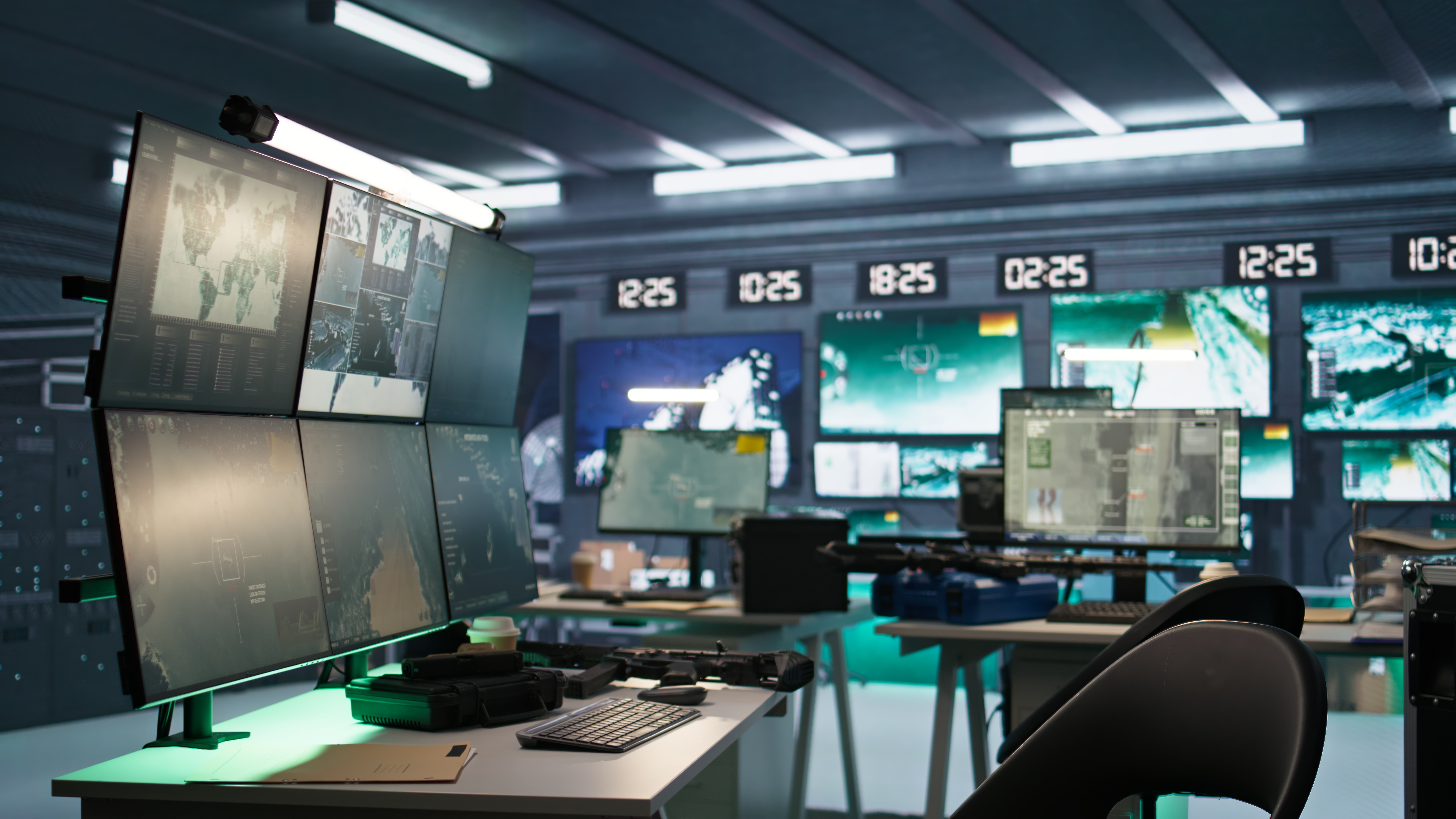SOC 3.0: The evolution toward an intelligent and humanized security operations center
Published on November 11, 2025
For years, the SOC has been the operational hub responsible for monitoring alerts and responding to incidents. However, due to the growing volume of data, the automation of attacks, and the speed of technological change, modern cybersecurity demands something more.
This is where SOC 3.0 comes into play: an evolution that integrates artificial intelligence (AI), advanced automation, and specialized human expertise to make faster, more contextualized decisions. It’s not just about modernizing tools, but rethinking how security incidents are detected, prioritized, and learned from.
The result is a more agile, resilient operating model, aligned with the organization’s real business risks.
MDR: Managed detection and response with intelligence
Managed Detection and Response (MDR) is the backbone of SOC 3.0. Unlike traditional monitoring approaches, MDR provides 24/7 security coverage with proactive threat detection and response—without the need to build a full internal SOC.
With an advanced MDR service, organizations can:
- Reduce operational workload and maintenance costs.
- Access specialists in detection, containment, and mitigation.
- Quickly scale their defenses against sophisticated and targeted attacks.
MDR transforms the classic reactive model into intelligent and adaptive security management.
Artificial intelligence throughout the SOC operational cycle
AI applied to SOC 3.0 is a foundational component. This new approach enhances efficiency, data correlation, and response capabilities.
- Adaptive detection: It analyzes massive data flows in real time, adjusting correlation rules as new attack patterns or TTPs emerge.
- Automated investigation: AI correlates events from multiple sources (EDR, SIEM, IDS, cloud logs, etc.), enabling even less-experienced analysts to handle complex investigations with greater accuracy.
- Intelligent response: SOC 3.0 applies contextual AI to suggest or execute the best actions for each incident, drastically reducing Mean Time to Detect (MTTD) and Mean Time to Respond (MTTR).
By the end of 2025, the trend points toward AI-driven autonomous responses, where humans and machines share responsibility for decision-making and threat mitigation.
The humanization of the SOC: The irreplaceable value of the human factor
Although automation and AI are pillars of SOC 3.0, the human element remains the strategic core. Analysts no longer focus on repetitive tasks, but on:
- Advanced threat analysis (APT).
- Threat hunting.
- Designing adaptive defense strategies.
In a context where the global cybersecurity talent shortage exceeds 3.4 million professionals, SOC 3.0 becomes a collaborative environment where technology amplifies—rather than replaces—human intelligence.
Contextualization and visibility: Security adapted to each client
SOC 3.0 does not deliver generic security, but contextualized and specific to each organization.
With a deep understanding of each client’s infrastructure, processes, and critical assets, SOC 3.0 intelligently integrates:
- Next-generation firewalls.
- Intrusion prevention systems (IPS).
- Cloud and hybrid environments.
- Identity and access management (IAM) solutions.
Without contextual visibility, there is no effective response— and without intelligent data correlation, there are no informed decisions.
Key capabilities of SOC 3.0
1. Predictive analytics and threat hunting
SOC 3.0 leverages machine learning and predictive analysis to anticipate attack patterns and proactively hunt threats before incidents materialize.
2. Scalability and cost optimization
Thanks to distributed data lakes and cloud architectures, companies can process and store security logs without relying on traditional SIEMs, reducing operational and infrastructure costs.
3. Continuous regulatory compliance
SOC 3.0 automates audits and compliance controls with standards such as GDPR, NIS2, ISO 27001 or ENS, ensuring traceability and constant visibility over network activity.
4. Early detection and rapid response
Continuous monitoring enables detection of incidents in their earliest stages and immediate response to minimize financial and reputational impact.
5. Organizational resilience
More than a defense center, SOC 3.0 is an ecosystem of continuous learning, capable of evolving, adapting, and anticipating future threats.
NEVERHACK: Your cyber performance partner
SOC 3.0 represents a new way of understanding operational security and digital resilience. At NEVERHACK, we support organizations in their transition toward this model, integrating advanced automation, predictive analytics, and a human-centric approach to risk management.
Our mission is to help companies build smarter, more adaptive, and future-oriented security operations centers, where artificial intelligence and human talent work together to maintain digital continuity and trust.
If you would like more information on how to implement these strategies in your organization, contact us.
Author: Iván Bermejo Baeza, Defensive Security Team Leader – NEVERHACK Spain

